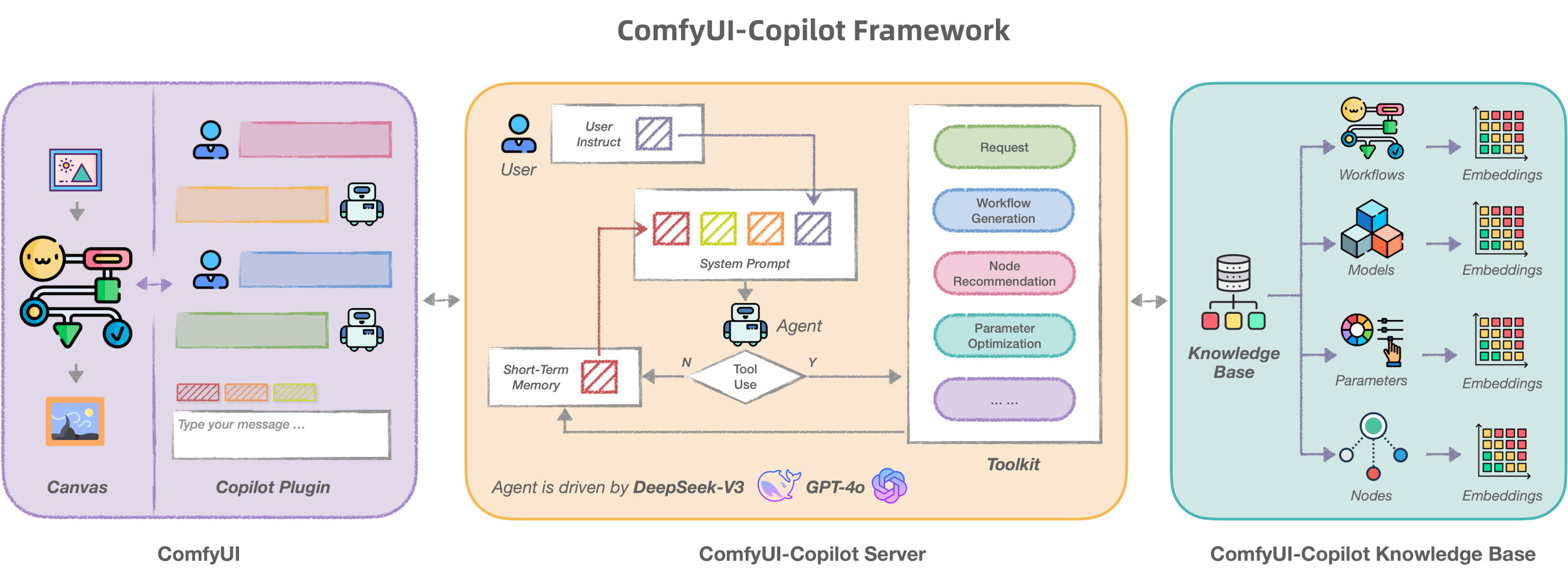BREAKING NEWS
LATEST POSTS
-
David Simon Braces for a Lengthy Writers Strike
https://www.indiewire.com/news/breaking-news/david-simon-writers-strike-wont-end-soon-1234882393/
“I heard a very funny thing,” Simon said. “It may be apocryphal, but somebody, the vice president of the East, she assured me the other day that she had it on good authority that all of the rental yachts from Santa Barbara down to San Diego had been rented through the end of summer. All the execs are gone for the summer.”
https://deadline.com/2023/07/writers-strike-hollywood-studios-deal-fight-wga-actors-1235434335/
Regardless of whether SAG-AFTRA goes on strike this week, the studios have no intention of sitting down with the Writers Guild for several more months.“I think we’re in for a long strike, and they’re going to let it bleed out,” said one industry veteran intimate with the POV of studio CEOs.
With the scribes’ strike now finishing its 71st day and the actors’ union just 30 hours from a possible labor action of its own, the Alliance of Motion Picture and Television Producers are planning to dig in hard this fall before even entertaining the idea of more talks with the WGA, I’ve learned. “Not Halloween precisely, but late October, for sure, is the intention,” says a top-tier producer close to the Carol Lombardini-run AMPTP.
-
VFX pipeline – Render Wall management topics
1: Introduction Title: Managing a VFX Facility’s Render Wall
- Briefly introduce the importance of managing a VFX facility’s render wall.
- Highlight how efficient management contributes to project timelines and overall productivity.
2: Daily Overview Title: Daily Management Routine
- Monitor Queues: Begin each day by reviewing render queues to assess workload and priorities.
- Resource Allocation: Allocate resources based on project demands and available hardware.
- Job Prioritization: Set rendering priorities according to project deadlines and importance.
- Queue Optimization: Adjust queue settings to maximize rendering efficiency.
3: Resource Allocation Title: Efficient Resource Management
- Hardware Utilization: Distribute rendering tasks across available machines for optimal resource usage.
- Balance Workloads: Avoid overloading specific machines while others remain underutilized.
- Consider Off-Peak Times: Schedule resource-intensive tasks during off-peak hours to enhance overall performance.
4: Job Prioritization Title: Prioritizing Rendering Tasks
- Deadline Sensitivity: Give higher priority to tasks with imminent deadlines to ensure timely delivery.
- Critical Shots: Identify shots crucial to the project’s narrative or visual impact for prioritization.
- Dependent Shots: Sequence shots that depend on others should be prioritized together.
5: Queue Optimization and Reporting Title: Streamlining Render Queues
- Dependency Management: Set up dependencies to ensure shots are rendered in the correct order.
- Error Handling: Implement automated error detection and requeueing mechanisms.
- Progress Tracking: Regularly monitor rendering progress and update stakeholders.
- Data Management: Archive completed renders and remove redundant data to free up storage.
- Reporting: Provide daily reports on rendering status, resource usage, and potential bottlenecks.
6: Conclusion Title: Enhancing VFX Workflow
- Effective management of a VFX facility’s render wall is essential for project success.
- Daily monitoring, resource allocation, job prioritization, queue optimization, and reporting are key components.
- A well-managed render wall ensures efficient production, timely delivery, and overall project success.
FEATURED POSTS
-
Is a MacBeth Colour Rendition Chart the Safest Way to Calibrate a Camera?
www.colour-science.org/posts/the-colorchecker-considered-mostly-harmless/
“Unless you have all the relevant spectral measurements, a colour rendition chart should not be used to perform colour-correction of camera imagery but only for white balancing and relative exposure adjustments.”
“Using a colour rendition chart for colour-correction might dramatically increase error if the scene light source spectrum is different from the illuminant used to compute the colour rendition chart’s reference values.”
“other factors make using a colour rendition chart unsuitable for camera calibration:
– Uncontrolled geometry of the colour rendition chart with the incident illumination and the camera.
– Unknown sample reflectances and ageing as the colour of the samples vary with time.
– Low samples count.
– Camera noise and flare.
– Etc…“Those issues are well understood in the VFX industry, and when receiving plates, we almost exclusively use colour rendition charts to white balance and perform relative exposure adjustments, i.e. plate neutralisation.”








